cfusionpm
TPF Noob!
- Joined
- Jun 21, 2009
- Messages
- 851
- Reaction score
- 6
- Location
- San Diego, CA
- Can others edit my Photos
- Photos OK to edit
Another comment which caught my eye was this:
... A picture is supposed to be worth a thousand words, not need a thousand words to supplement what it does not say. This choice disappoints completely.
I agree with this statement 100%. But then again, that's just how my view on the "artistic" field is. I shared similar thoughts on an artist glorifying the spray and pray technique, beefing it up with artsy terms and making it sound like more than it is. Visual art should be an expression of skill or talent in the visual media. It should communicate what it needs to in visual form, and not require a page-long placard explaining why a bland and ordinary image isn't. If it can't do this, then it shouldn't be regarded as a successful example of that form of media.


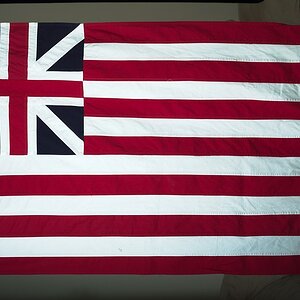
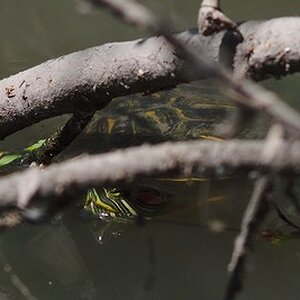
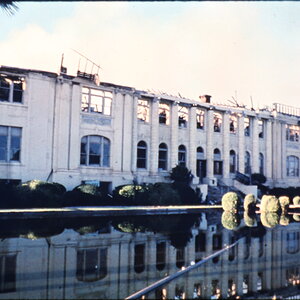
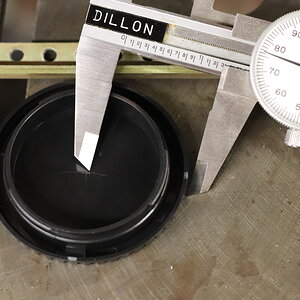
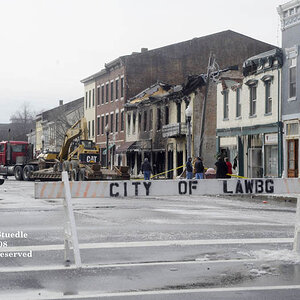
![[No title]](/data/xfmg/thumbnail/39/39476-6e232ea205145ad1a1da0690d7617642.jpg?1619739045)

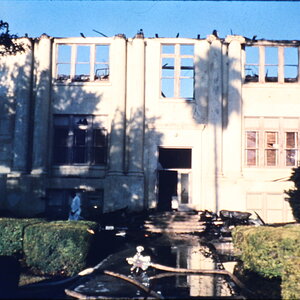
![[No title]](/data/xfmg/thumbnail/33/33360-ff0b69685c94740bde3f53b6d7aa9af1.jpg?1619735924)
![[No title]](/data/xfmg/thumbnail/31/31744-f06a1a9bb9c74e3b8b332878f5fe71f1.jpg?1619734986)
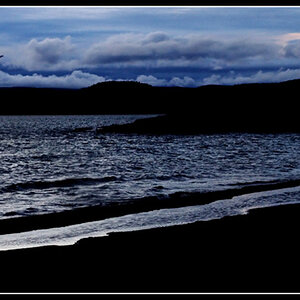
![[No title]](/data/xfmg/thumbnail/31/31747-2e2e2bda16938a6a1d5fd6120c558293.jpg?1619734987)